
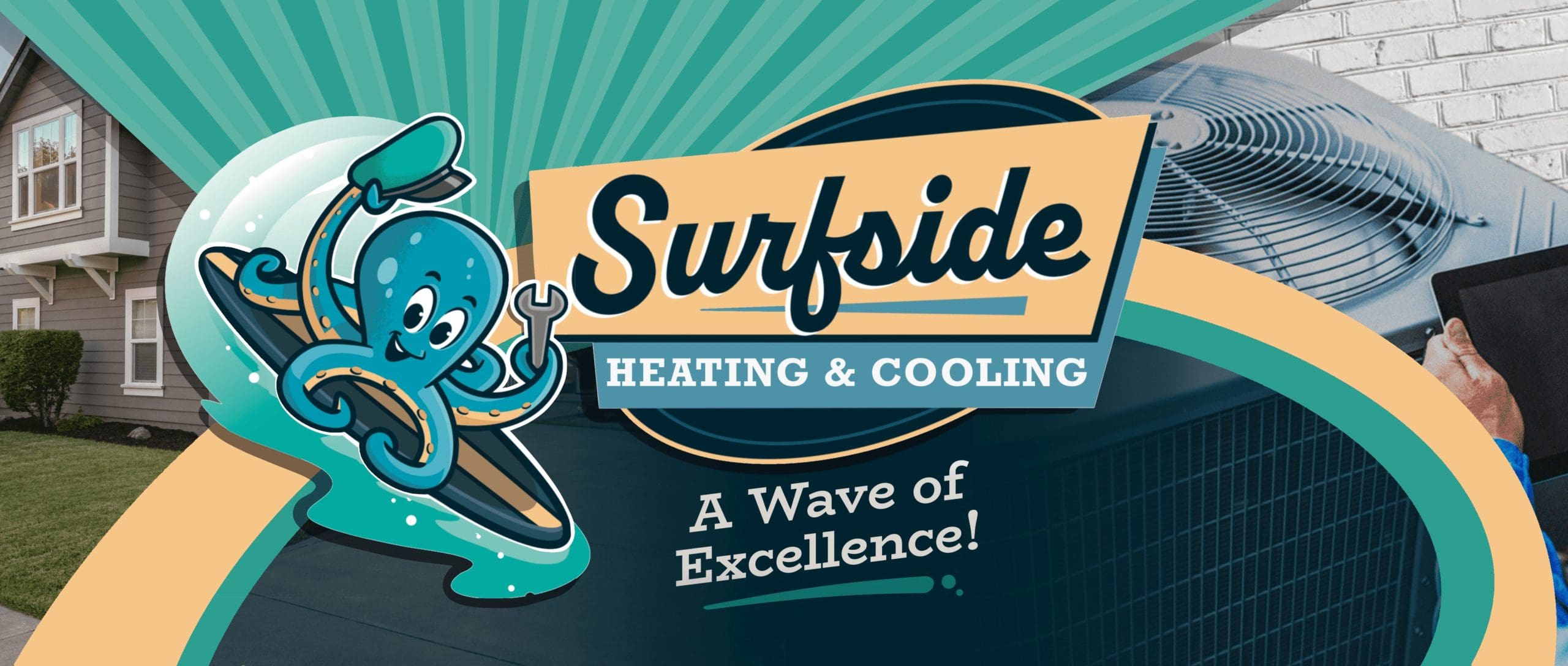
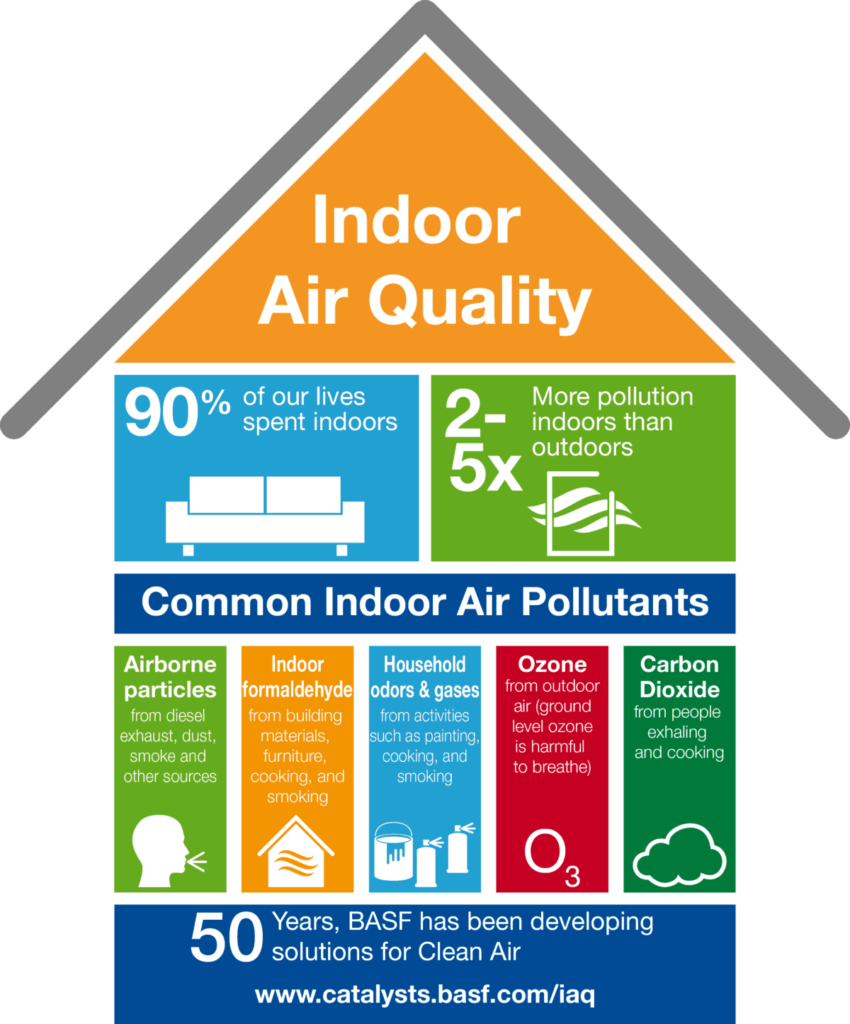
Breathing Easy: Unmasking the Truth About Indoor Air Quality
Let's begin with a rather sobering realization: we spend approximately 90% of our lives indoors. Comfort, convenience, and the surge of remote based work - there are several reasons behind this statistic. It begs the question, is it really that safe to stay indoors? As counterintuitive as it may seem, the answer is often, 'not as safe as we'd like to think.' The reason? Indoor air quality. We live in an age where the toxins and pollutants in the outside air regularly top the environmental concerns chart. Consequently, it's natural to assume that the air inside our homes, schools, and offices is safer. Contrary to this belief, various studies indicate that indoor air can be two to five times more polluted than outdoor air. Yes, you read that right. So, what fuels this surprising revelation?
The Majority of Residential and Commercial Spaces Today Contain a Plethora of Indoor Air Pollutants.
Indoor air pollutants vary from biological contaminants like dust mites, mold spores, pet dander, and pollen, to an array of chemicals—carbon monoxide, radon, and lead, just to name a few. Even innocuous-seeming everyday items, like your favorite detergent, personal care products, or even the brand-new furniture, can emit volatile organic compounds (VOCs), deteriorating the air quality within the confines of our homes. Add to the fact that modern buildings are designed to be airtight for energy efficiency, and you are staring down the barrel of serious health concerns. Poor indoor air quality can lead to a range of negative health effects—from triggering allergies and asthma, headaches, dizziness, fatigue, to even long term effects like respiratory diseases and cancer.
Enhancing Indoor Air Quality:
UV Lights, Electrostatic Air Filters, and Duct Cleaning
Indoor air quality is a fundamental aspect of maintaining a healthy living environment at home or in the workplace. Poor air quality could lead to issues such as allergies, respiratory problems, and overall reduced comfort. Fortunately, advancements in HVAC technology, such as UV lights, electrostatic air filters, and regular duct cleaning, allow us to effectively enhance indoor air quality, promoting healthier environments.
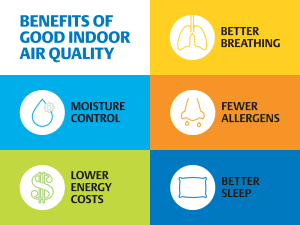
UV Light Systems:
A Bright Idea for Better Air Quality
In the pursuit of improving indoor air quality, one technology stands out—Ultraviolet (UV) light systems for HVAC units. This innovation offers a myriad of benefits that can transform your life indoors. First, UV light systems efficiently eliminate harmful microorganisms. UV-C rays, in particular, are excellent sterilizers, acting on mold, bacteria, and viruses. Impressively, a UV light system can neutralize up to 99.9% of harmful pathogens, ensuring you breathe in cleaner, safer air. Second, UV light systems significantly reduce allergy symptoms. By killing microscopic allergens, including mold spores and dust mites, they can prevent allergy flare-ups and reduce respiratory issues. Next, UV light improves HVAC efficiency. By keeping the coil free from microbial contamination, it allows the HVAC to work at peak performance, reducing energy use and maintaining a consistent temperature. Therefore, this lower energy consumption attributes to lesser environmental impact and cost saving on electricity bills. Moreover, UV light systems extend the lifespan of your HVAC unit. The reduction in microbe buildup means less wear and tear on the system, allowing it to operate optimally for longer. If you decide to take a step towards a healthier living by integrating UV light systems into your HVAC units, our recommendation is the HALO LED In-Duct Air Purifier, pioneering a new era in air cleanliness and energy efficiency for a healthier, breathable indoor environment. Learn more by watching the video below or click here to visit RGF.

Electrostatic Air Filters:
Harnessing the Power of Electricity for Cleaner Air
Electrostatic air filters are a sophisticated and efficient solution for maintaining high indoor air quality, gaining popularity due to their superior filtering performance and ecological footprint. Electrostatic air filters work by generating static electricity as air passes through the layers of the filter. This static charge attracts and captures small particles - such as dust, pollen, mold, and pet dander - that would otherwise pass through traditional filters. This makes them particularly beneficial for individuals with allergies or asthma, as they significantly reduce airborne allergens within the home. One of the most distinguishing benefits of electrostatic air filters is their reusability. Unlike traditional filters that necessitate frequent replacement, electrostatic versions can be cleaned and reused, contributing to less landfill waste and long-term cost savings. Moreover, these filters are energy efficient. Their design encourages optimal airflow. This reduces strain on the HVAC system, potentially extending its lifespan and reducing energy consumption. Less energy use also translates to lower utility bills, making electrostatic air filters an economically smart choice. In terms of maintenance, these filters are also user friendly. Cleaning is straightforward as it only requires rinsing the filter with water, letting it dry, and reinserting it into the system. To sum up, electrostatic air filters represent an upgrade from traditional filters. They offer superior particle capture, are eco-friendly, energy-efficient, cost-effective, and easy-to-maintain, making them an excellent choice for the savvy homeowner looking to improve their home's air quality.
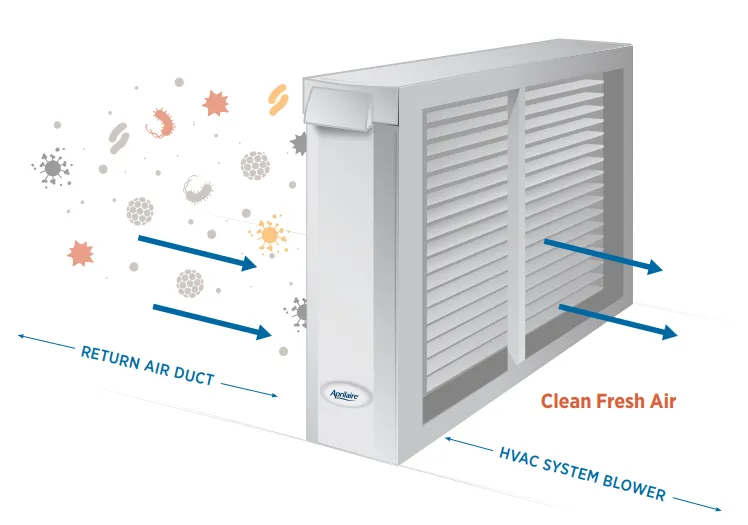
Duct Cleaning:
A Critical Component of HVAC Maintenance
Duct cleaning is an essential aspect of home maintenance that involves thorough cleaning of the various heating and cooling system components of forced air systems. This includes the supply and return air ducts, grilles, diffusers, heat exchangers, cooling coils, fan motors, and even the air handling unit. Beneficial on multiple levels, one of the primary advantages of duct cleaning is improved indoor air quality. Dust, pollen, pet dander, mold, and other airborne contaminants can accumulate in your ductwork over time which, when air circulates, can lead to them being expelled into your home's environment. Regular duct cleaning can effectively reduce such pollutant levels, leading to cleaner air. Furthermore, duct cleaning also directly impacts the efficiency of your HVAC system. A clean system operates more efficiently than a dirty one - as debris accumulation can restrict airflow and force the system to work harder, causing increased energy use. Therefore, periodic duct cleaning can contribute to energy savings in the long run. A clean heating and cooling system also incurs lesser wear and tear, potentially extending the lifespan of your HVAC system. Immaculate ductwork helps prevent component failure, which in turn reduces the need for expensive repairs or replacements. Lastly, duct cleaning is essential for the wellbeing of individuals with respiratory conditions like asthma or allergies. By removing potential triggers, it fosters a healthier, more comfortable living environment. In essence, the advantages of duct cleaning are far reaching, from maintaining healthier air quality to enhancing the efficiency and longevity of a heating and cooling system.
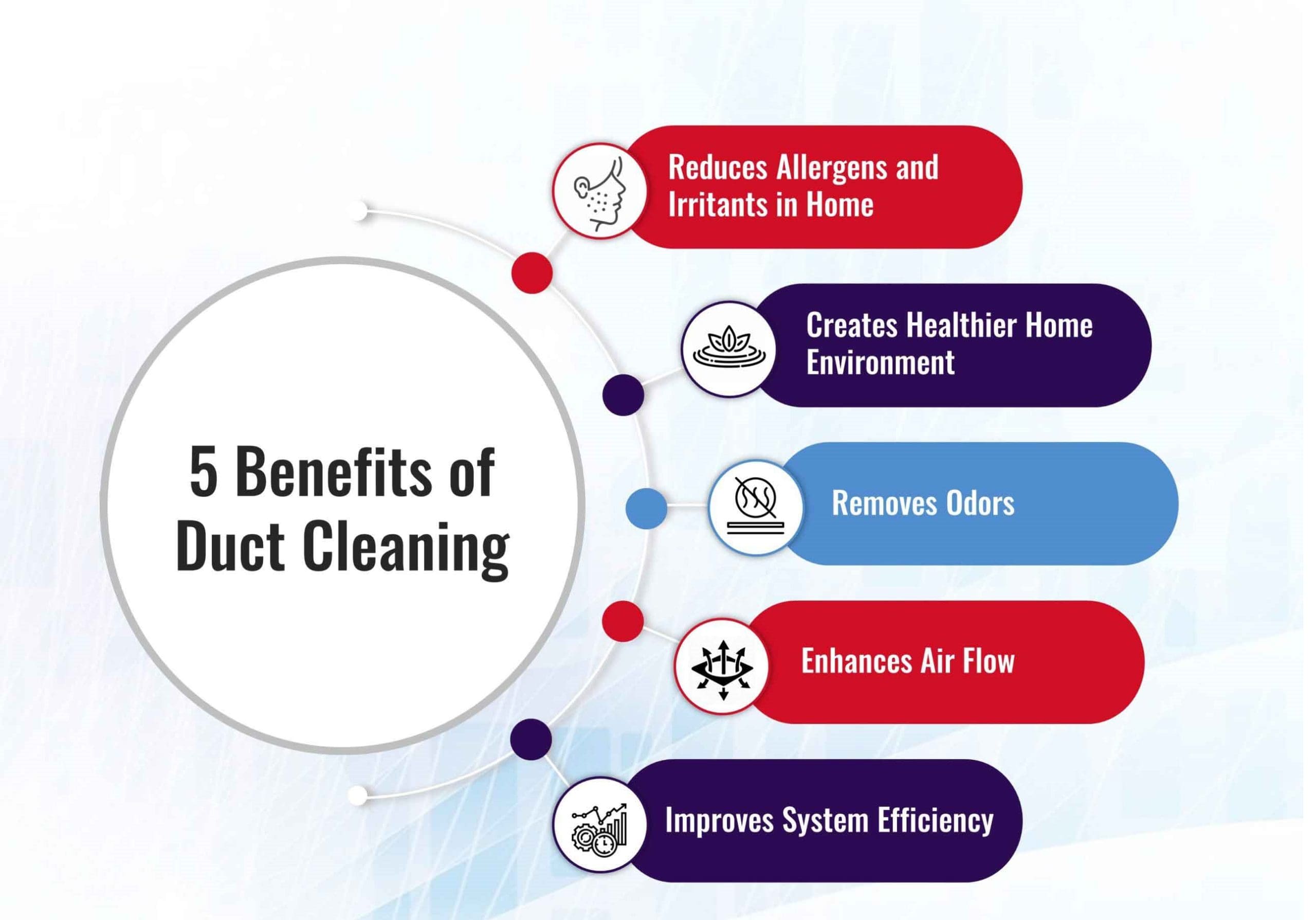
Ready to Get Started?
We're ready to help with evaluating and providing a free estimate for your indoor air quality needs. Just give us a call and we'll come out today to take a look at your indoor air quality concerns.